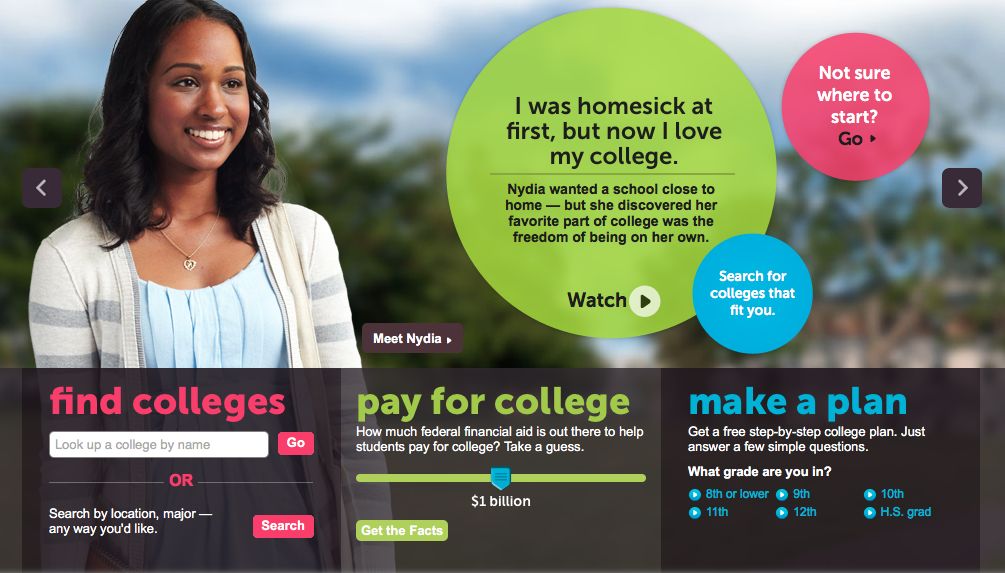According to Oxford Dictionaries Online, senioritis is “the supposed affliction of students in their final year of high school, characterized by a decline in motivation or performance.” As a former high school teacher and now a private tutor, I’ve repeatedly witnessed the outcome of this “condition,” and for most of these “stricken” students, their biggest regret was procrastinating college applications.
Between balancing a tough course load, maintaining extracurriculars, and enjoying all of the activities that come with being a senior, fall semester of twelfth grade is inarguably one of the busiest times of high school, so I always encourage my students to start the college application process as early as possible.
Are you wondering when and where your student should start planning for their college career? Here’s the student timeline I provide to inquiring parents:
9th or 10th grade
Do your research: I can’t tell you how many high schoolers I’ve spoken with over the years who have a cumulative 2.6 GPA at the end of their junior year and are sure of their plan to attend Michigan State University, a university that, on average, accepts students with a GPA between 3.5 and 3.9; I’ve also heard seniors confidently say that while at University of Michigan, they’ll major in journalism, which is not actually an option. I think it’s imperative for students to be in the know early on. My favorite tool to use for this is CollegeBoard’s BigFuture, which is a free web resource that not only helps students locate schools that fit their specific interests and needs but also assists with the overall process of college planning.
Visit campuses: Have some colleges in mind? Go visit! And, if possible, do so while classes are in session, so you can really get a feel for the campus. Most colleges offer guided tours, which can be booked in advance.
Begin preparing for the SAT and/or ACT: Although most students don’t begin taking this exam until their junior year, it doesn’t hurt to get a head start on studying, especially since schools don’t always incorporate test prep into the curriculum. Here are four ways kids can prepare for the ACT or SAT.
Create a professional e-mail address: Once you start researching and visiting campuses, colleges will probably start reaching out. With that said, it’s definitely time create an e-mail address that’s not only professional (goodbye [email protected]!) but also incorporates a first and last name; this should be the same e-mail address you use for anything related to college applications, including the email you want your college admission test results delivered to. Oh, and please don’t forget your password.
Practice maintaining an admirable social media lifestyle: We’ve all heard about the Harvard students whose admission offers were recently rescinded due to offensive Facebook messages. Although admission officers will not be looking at your social media accounts before you apply, I recommend getting into the habit of practicing a professional social media presence early. Not only is this beneficial for the future, but it also avoids potential issues that could very well have a negative impact on one’s college admissions.

11th grade
Hold off on submitting your ACT or SAT score right away: In case you end up taking your chosen test (or both!) more than once when given the option of submitting score reports to colleges on test day, I’d select “no.” Most colleges require applicants to send them official scores, but you have an opportunity to do that later. Wait until you receive the score you desire (or at least the one closest to that!) and then submit.
Ask for letters of recommendation (if needed): Before heading home for summer break, make sure to not only research how many letters of recommendation you’ll need for your applications but also go ahead and ask your chosen teachers, coaches, and/or others to write the letters. Due to the large time commitment, I personally know many teachers who will only write so many each school year, so it’s better to be safe than sorry. Also, keep in mind that they are doing you a favor, so giving them the option to write it over the summer (versus just the hectic fall) will be appreciated.

June/July before 12th Grade
Get the essays out of the way: Although the majority of colleges (including those who accept the Common Application) do not open their applications up to the public until August, essay prompts and even some supplements are posted in advance for most schools. Quick writing tips: focus on the little moments, don’t try to guess what admissions officers want to hear, be true to yourself, be relevant, show what college student you’ll be, and, most of all, don’t overthink it.
August before 12th Grade
Begin filling out applications: When I began the college admissions process just 13 years ago, I had to fill out an application for each of the schools I was applying to. Although this is still the case for some colleges, nearly 700 now accept the Common Application. Figure out which of your college considerations will take the Common App by clicking here, and for those that do not, visit each school’s website to start a new application. The Common App opens August 1, and the majority of other colleges also open theirs up that month, as well.
12th Grade
Maintain (or, even better, improve!) grades all year: It is true that the majority of twelfth grade students are accepted into colleges at some point during their fall semester; nevertheless, the majority of schools do keep a close eye on their future students academically (and yeah, even socially) all school year. Enjoy your senior year with the understanding that an acceptance into a college can always be revoked.










